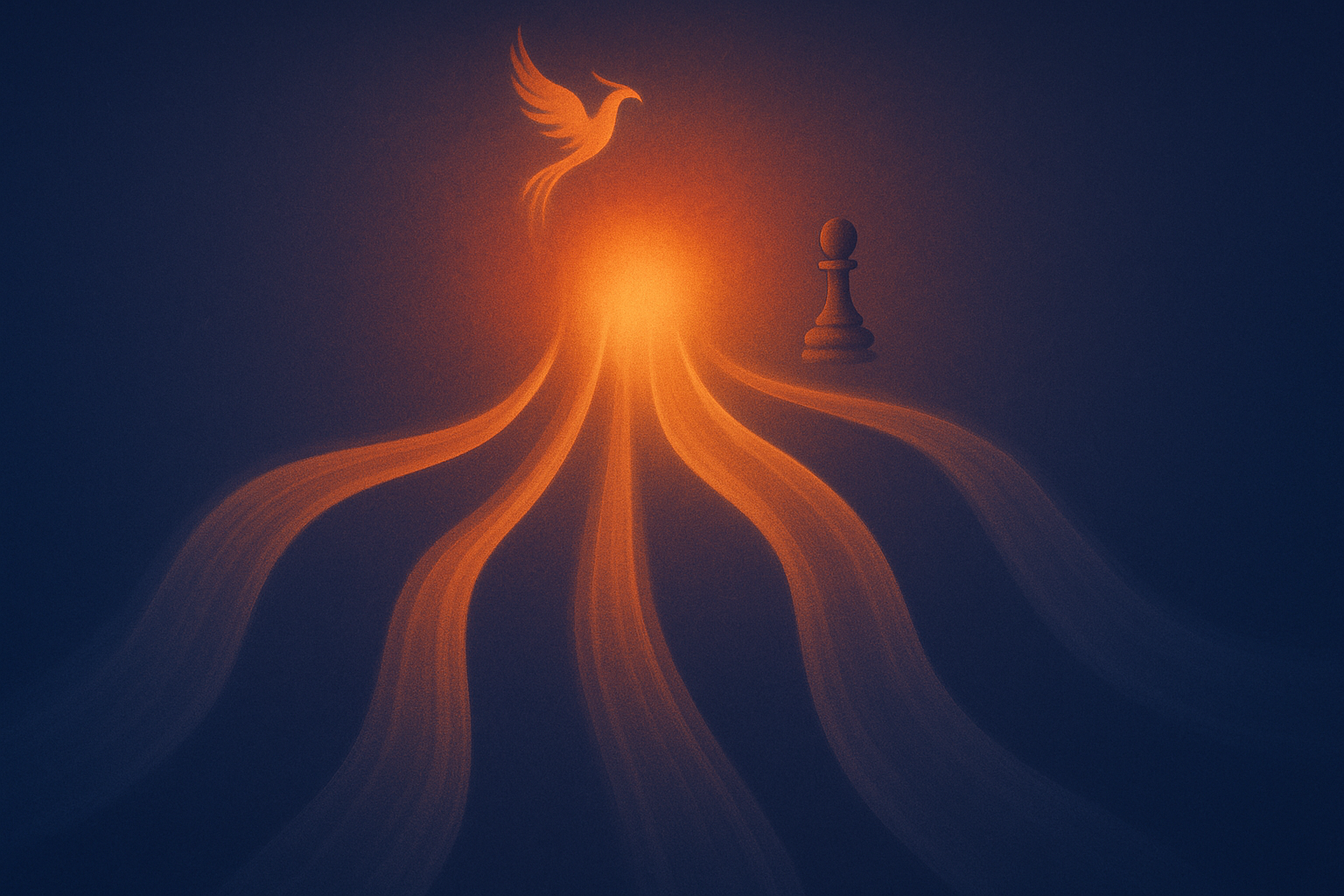Destiny – According To The Bible
Destiny in Scripture is not the blind decree of fate but the living pulse of divine relationship — a covenantal path between God’s will and human freedom, where eternity meets time and being fulfills its design.
1. Defining Destiny in Biblical Context
In modern speech, destiny means “a predetermined course of events.”
But in the Bible, it carries a relational and covenantal tone: destiny is not merely what happens but what we are called into.
“For we are His workmanship, created in Christ Jesus for good works, which God prepared beforehand that we should walk in them.”
— Ephesians 2:10
Here, destiny is not blind fate. It is a prepared path, but one that requires the act of walking.
Destiny in Scripture is thus teleological — oriented toward a divine end — yet never mechanical.
2. The Metaphysics of Destiny: Divine Will and Human Freedom
a. Divine Foreknowledge
God’s omniscience encompasses all possibilities, yet His knowing does not compel.
“Known unto God are all His works from the beginning of the world.” — Acts 15:18
This is eternal knowledge, not temporal control. God’s knowing is being — pure actuality beyond sequence.
b. Predestination
Paul writes that believers are “predestined according to the purpose of Him who works all things after the counsel of His will.” (Ephesians 1:11)
This is not arbitrary decree but Christic design: the Logos blueprint by which creation itself unfolds.
Predestination, then, is not coercion but conformation — the soul’s alignment with the archetype of Christ, “the image of the invisible God.”
c. Free Will and Responsibility
Scripture maintains moral agency:
“I have set before you life and death, blessing and curse. Therefore choose life.”
— Deuteronomy 30:19
The metaphysical tension between divine sovereignty and human choice is not contradiction but complement — two mirrors reflecting the same light from different angles.
3. Destiny as Covenant, Not Fate
Destiny unfolds within covenant, not cosmic automation.
| Pagan Fate | Biblical Destiny |
|---|---|
| impersonal, mechanical | personal, relational |
| ruled by stars or gods | grounded in covenant |
| inevitable | participatory |
| external control | inward transformation |
Biblical destiny is not imposed but invited — an agreement of love, obedience, and grace.
4. Christ as the Archetype of Destiny
“I am Alpha and Omega, the beginning and the end.” — Revelation 22:13
Christ is both origin and fulfillment — the metaphysical center toward which all destinies converge.
To walk “in Christ” is to rediscover the divine design already written into one’s being — the pattern of the Logos through which creation came to be.
Destiny is therefore not linear progression but an unveiling of what eternally is.
5. The Mystery of Participation
“Work out your salvation with fear and trembling, for it is God who works in you both to will and to do of His good pleasure.”
— Philippians 2:12–13
This single verse holds the metaphysics of destiny:
- God works in — destiny as grace;
- You work out — destiny as choice.
Destiny exists between being and becoming: God’s eternal act and man’s temporal response.
6. Destiny and Time: The Eternal Now
God’s “foreknowledge” transcends time.
For God, all moments are present; for humans, destiny is revealed sequentially.
“Before I formed you in the womb I knew you.” — Jeremiah 1:5
This is not prediction but recognition — the eternal essence known before temporal manifestation.
In this light:
- Eternity is the field of destiny.
- Time is its unfolding.
- Consciousness is the witness of its revelation.
7. Destiny and Eschatology
Ultimately, destiny is eschatological — the reconciliation of all being in Christ.
“To bring unity to all things in heaven and on earth under Christ.” — Ephesians 1:10
The final metaphysical aim is harmony: each will tuned to the divine frequency.
8. Summary Table
| Aspect | Biblical View | Metaphysical Meaning |
|---|---|---|
| Source | God’s eternal will | The Logos blueprint of being |
| Medium | Covenant | Participation in divine order |
| Mechanism | Grace + freedom | Synergy of will and being |
| Goal | Christic conformity | Union with divine essence |
| Mode | Temporal unfolding | Eternal realization |
Final Insight
In the Bible, destiny is not a script you are forced to perform — it is a song you are invited to sing.
The melody is written in eternity, but the rhythm, the pauses, the timbre — these are yours.
You are both authored and authoring,
written by God, yet writing yourself.





